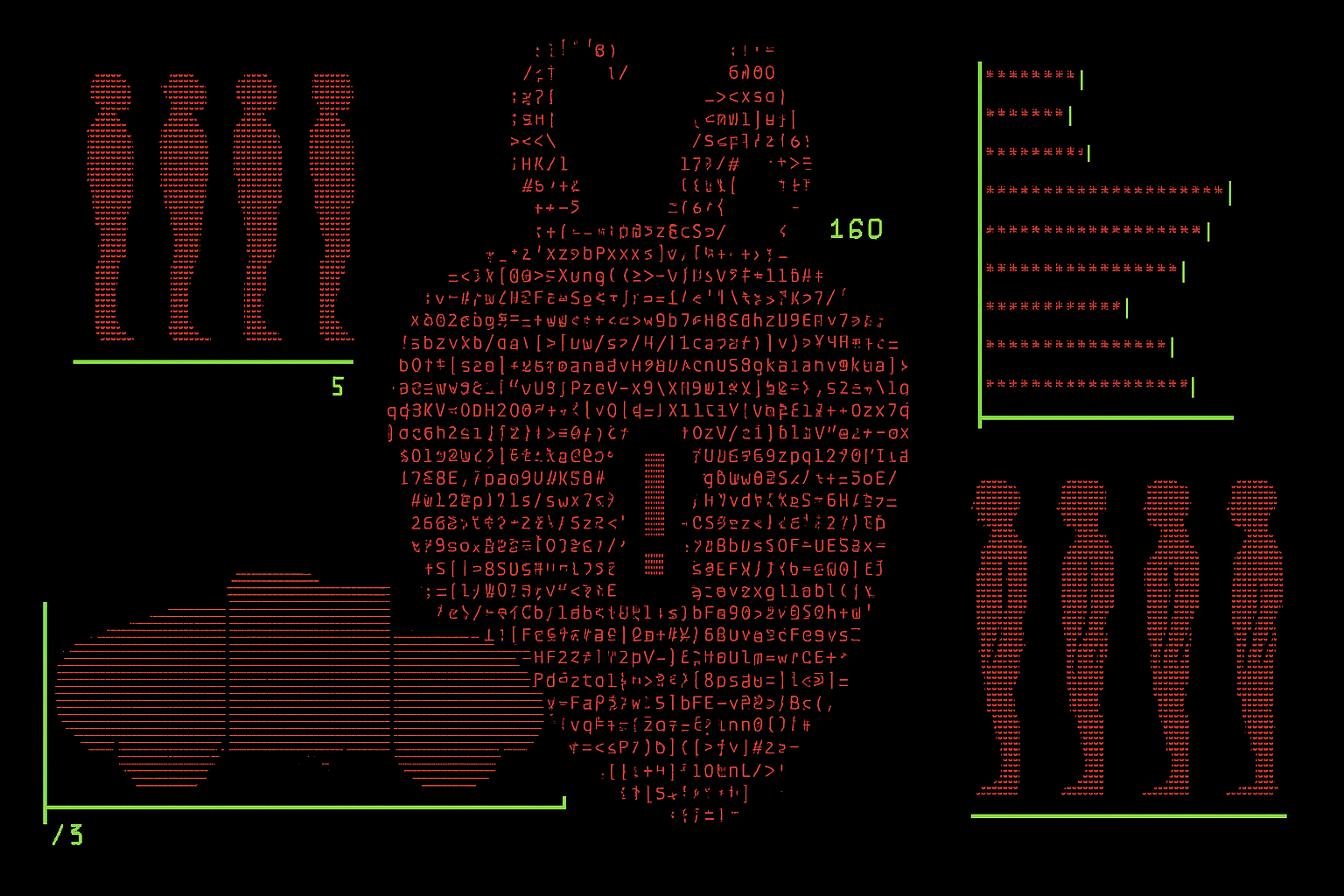Article

Beyond the Firewall: How Smart Product Design Mitigates Cyber and Data Risk
In today’s digital Mittelstand, cybersecurity isn’t just an IT concern — it’s a boardroom issue. With AI, cloud platforms, and connected products becoming standard, the attack surface grows wider by the day.
And for Germany’s Mittelstand, a sector known for precision, reliability, and decades of earned trust, a single breach can mean far more than operational disruption. It can damage reputation, erode customer loyalty, and jeopardize export relationships.
While security tools and IT protocols are essential, there’s one layer that’s often overlooked — product design. Because the most secure system in the world won’t protect you… if users don’t know how to use it securely.
The UX of Security: A Critical Blind Spot
The paradox? Security measures that feel too complex often lead to risky workarounds. Think of employees saving passwords in plain text, customers reusing credentials, or users blindly accepting access prompts without understanding them.
That’s why at TrueNode, we don’t just ask, Is this system secure? We ask:
Is it designed to help users stay secure — by default, by behavior, and by design?
Four Design Tactics That Reduce Cyber Risk from the Front End
1. Design Friction Where It Matters
Good UX often aims to reduce friction — but in security, friction is sometimes a feature, not a bug.
- Use step-up authentication only for high-risk actions (e.g. approving a payment, changing bank details).
- Show visual cues for sensitive actions to signal importance (color, iconography, microcopy).
- Provide just-in-time explanations — why this step is needed, and what’s at stake.
This approach protects critical flows without frustrating users at every turn.
2. Design for Least Privilege, Visibly
Many breaches happen because users (or systems) have access they don’t need. But access controls buried in backend settings rarely help.
Instead:
- Build role-based access into the user interface.
- Make permission scopes visible and understandable — especially in admin and API settings.
- Allow easy revocation and review of shared data and tokens.
When users understand what they (or others) can do — and why — misuse becomes less likely.
3. Make Secure Behavior the Default
It shouldn’t take expertise to do the safe thing.
- Auto-generate strong passwords, rather than asking users to invent them.
- Use privacy-by-default settings for account sharing or data visibility.
- Guide user choices with secure defaults and nudges, not fine print.
Every secure default is one less decision a user has to get right under pressure.
4. Use Design Patterns That Prevent Phishing and Confusion
Design can’t stop every threat — but it can prevent many of the common ones.
- Avoid lookalike email templates or login screens that resemble phishing content.
- Visually anchor key actions (like “Confirm purchase” or “Approve access”) with consistent, recognizable patterns.
- Display device/session history and alert users to unusual activity clearly.
These features signal legitimacy — and help users spot when something’s off.
Case Snapshot: Cyber-Aware Interfaces in Mittelstand Platforms
In working with German SaaS providers, B2B platforms, and industrial software vendors, we’ve seen that security by design is now a competitive differentiator — not just a compliance checkbox.
Across the board, companies are beginning to:
- Embed two-factor authentication not just in login flows, but in operational approvals
- Offer granular user permissions for multi-role teams and external collaborators
- Present data usage dashboards to build transparency with end users and partners
This layered, user-centered approach helps Mittelstand firms protect not only data — but also trust in their digital transformation efforts.
Final Thought: Cybersecurity Is a Product Problem, Too
Most attacks don’t happen because encryption fails. They happen because humans make mistakes — or aren’t equipped to act safely in complex systems.
At TrueNode, we help teams design digital products that protect themselves — by guiding users toward secure behavior, embedding trust into interfaces, and reducing the cost of doing the right thing.
Because in the connected world, security is everyone’s job — especially the designer’s.






